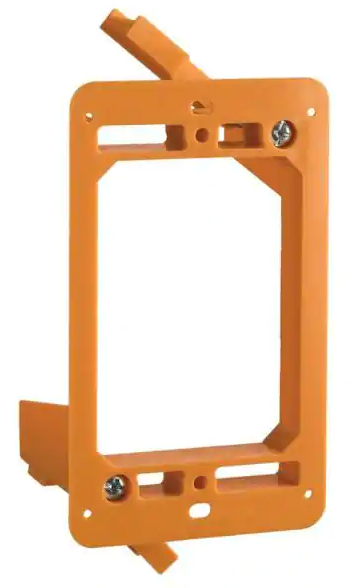I was hoping to replace an old yellow faceplate for a coaxial connection with a nicer white one, but when I took off the faceplate I was greeted with this sight:
I can only imagine that the cable company installed this coax connection using some sort of non-junction box "ring" floating in the wall, and then later cellulose was blown in from the attic and buried the cable.
I would just forget I saw anything and put the new faceplate on, but it doesn't quite line up with the outlet next to it, so I wanted to re-secure this "junction box" so things will line up better. However I'm not sure what my best course of action is here, especially as I may want to pull cat5 to this box in the future as well.
So:
- What is this "junction box ring" that seems to be loose, yet doesn't just pull completely off easily
- What's inside of here? Is it safe to just vacuum out? Is more going to fill its place and suddenly my wall doesn't have insulation?
- Should I secure this ring with drywall screws so it'll stay plumb? There seems to be screw holes offset from the faceplate screwholes.
- Should I pull all this out and try to retrofit a proper junction box here if I plan to pull cat5 in as well?
I realize this might be straightforward, but I couldn't really find this situation described online anywhere.



